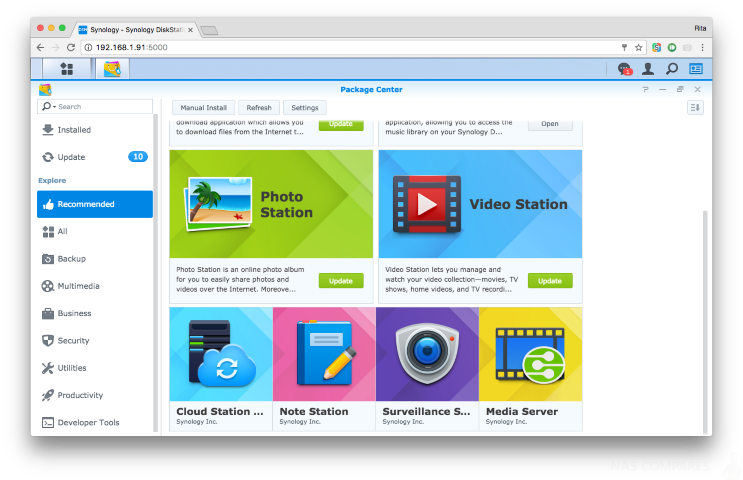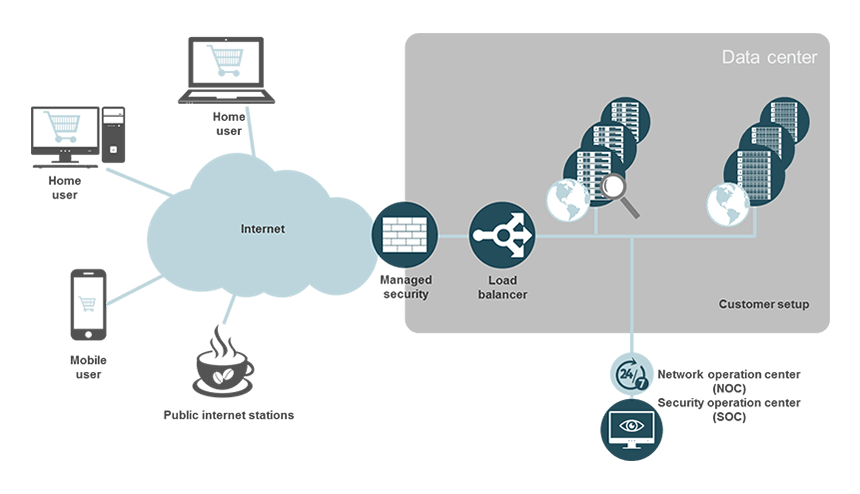
- Cloud station client over internet code#
- Cloud station client over internet password#
- Cloud station client over internet free#
Cloud Station gives users and businesses their own cloud to save and sync files with.
Cloud station client over internet free#
Another free app that all users have access to is Synology Cloud Station. DSM offers lots of good, free apps to users, such as the recently reviewed Surveillance Station 7.0. All of their DiskStation NAS units are powered by Synology DiskStation Manager (DSM) 5.1 operating system, with 5.2 on the horizon.
Cloud station client over internet code#
Keep this API Key value to be compatible with the ESP code provided in the project page.Synology has several NAS offerings for home, office, and even enterprise applications. Creating a database and userĮdit the newly created file ( esp-post-data.php) and copy the following snippet:
Cloud station client over internet password#
After that, follow the next steps to create your database, username, password and SQL table. Preparing Your MySQL DatabaseĪfter signing up for a hosting account and setting up a domain name, you can login to your cPanel or similar dashboard. This allows you to easily access your ESP readings without relying on a third-party IoT platform. However, the purpose of this tutorial is to publish readings in your own domain name that you can access from anywhere in the world. Note: you can also run a LAMP (Linux, Apache, MySQL, PHP) server on a Raspberry Pi to access data in your local network. If you like our projects, you might consider signing up to one of the recommended hosting services, because you’ll be supporting our work. This is what makes this project interesting: you’ll be able to go your domain name () and see your ESP readings. When buying a hosting account, you’ll also have to purchase a domain name. Get Hosting and Domain Name with Bluehost » If you don’t have a hosting account, I recommend signing up for Bluehost. Any hosting service that offers PHP and MySQL will work with this tutorial. Those two services are the ones that I use and personally recommend, but you can use any other hosting service. I only recommended this option for advanced users.

I recommend choosing the unlimited websites option

Bluehost (user-friendly with cPanel): free domain name when you sign up for the 3-year plan.I recommend using one of the following hosting services that can handle all the project requirements: Finally, you can visualize the readings from anywhere in the world by accessing your own domain name.Then, another php script will display the web page with the gauges, table and all the other information.In your server, there’s a php script that allows you to store your readings in a MySQL database.For this, you have your board connected to your router You have an ESP32 or ESP8266 that sends sensor readings to your own server.Here’s a high level overview on how the projects works: You can visualize the readings from anywhere in the world by accessing your own server domain. The goal of this project is to have your own domain name and hosting account that allows you to store sensor readings from the ESP32 or ESP8266. Hosting Your PHP Application and MySQL Database Arduino Sketch for ESP32/ESP8266: ESP_HTTP_POST_MySQL.inoġ.Display your sensor readings: esp-weather-station.php.CSS file to style your web page: esp-style.css.Handle HTTP Post requests: esp-post-data.php.Insert and access database readings: esp-database.php.SQL query to create your table: SensorData_Table.sql.To see how the project works, you can watch the following video demonstration:įor this project, you’ll need these files: PHP script to insert data into MySQL and display it on a web page.ESP32 or ESP8266 programmed with Arduino IDE.To build this project, you’ll use these technologies:

You can also visualize all the latest readings on a table and you can select how many readings you want to show.

I’ve added two gauges to display the latest temperature and humidity readings as well as some statistics about the minimum, maximum and average readings from an amount of readings that you can define. Now, I’ve decided to take a few steps further and add some more information to the web page. Previously, we’ve stored sensor readings to a database and display them on a table or charts that you can access from anywhere using your own server.


 0 kommentar(er)
0 kommentar(er)
